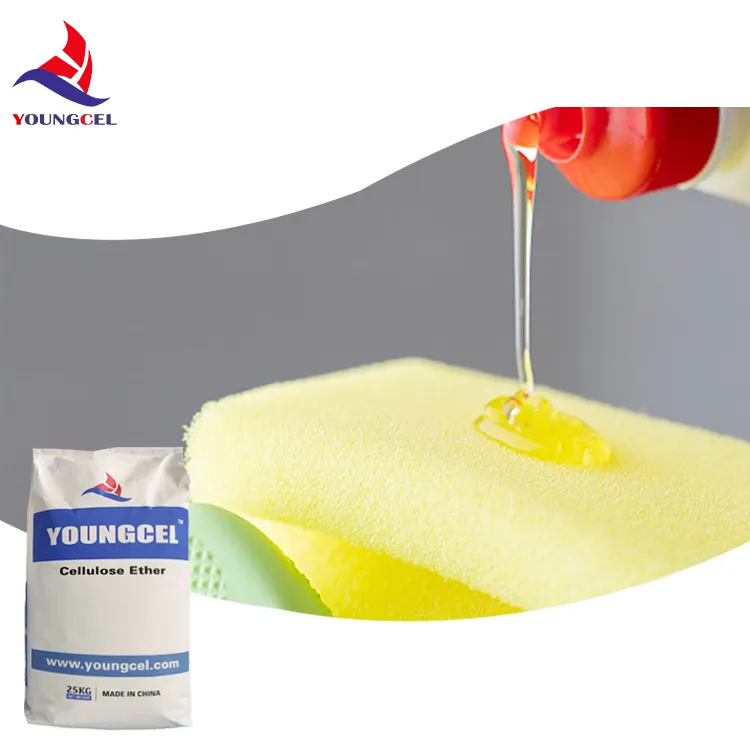The Role and Significance of Industrial Thickening
In various industrial processes, the concept of thickening plays a crucial role, especially in sectors such as mining, wastewater treatment, and food production. The term thickening generally refers to the separation of liquids from solids in a slurry, enhancing the concentration of solids while reducing the volume of liquid. This process is pivotal for improving efficiency, lowering transportation costs, and maximizing resource recovery.
Understanding Thickening
Thickening is often one of the initial steps in the treatment or processing of materials. In industries like mining, thickening is essential for concentrating valuable minerals by separating them from waste materials. The resulting thickened sludge is more manageable and can be further processed in various ways, such as filtration or dewatering.
In the context of wastewater treatment, thickening is implemented to reduce the volume of sludge that needs to be disposed of. This process not only makes the subsequent treatment phases more efficient but also minimizes the environmental impact by reducing the amount of waste that is generated. By thickening the sludge, facilities can also recover more water, which can be reused within the system, promoting sustainability.
Types of Thickening Methods
Several methods exist for thickening materials, each with its own advantages and applications. The most common techniques include
1. Gravity Thickeners This method utilizes gravity to separate solids from liquids. As the slurry settles in a tank, heavier solids sink to the bottom while the clearer liquid rises. This is a simple and cost-effective approach widely used in both mining and wastewater treatment.
2. Dissolved Air Flotation (DAF) In this method, air is dissolved in the liquid under pressure and released at atmospheric pressure in a flotation tank. The released air forms tiny bubbles that attach to the solid particles, causing them to float to the surface, where they can be removed. DAF is particularly effective for removing fats, oils, and greases from wastewater.
industri thicken

3. Centrifugal Thickening This technique involves the use of a centrifuge to separate solids from liquids based on density differences. It's often used in industries where high solid content is required, as it can achieve higher concentrations than gravity thickening.
4. Mechanical Dewatering After thickening, mechanical dewatering methods such as belt presses or filter presses can be employed to further reduce moisture content. This is essential in making the sludge more manageable for disposal or reuse.
Applications Across Industries
1. Minimizing Environmental Impact As global awareness of environmental issues rises, the role of efficient thickening processes becomes even more prominent. Industries are recognizing that by optimizing thickening methods, they can significantly reduce waste, lower energy consumption, and enhance overall operational efficiency.
2. Enhanced Resource Recovery In the mining sector, thickening processes allow for the maximization of resource recovery. By effectively separating valuable minerals from waste materials, companies can increase their yield, leading to better profitability.
3. Food Production In the food industry, thickening is vital for processing ingredients like fruit purees and sauces. Here, thickening agents (like starches and gums) are often added to achieve desired textures and consistencies, ensuring product quality and consumer satisfaction.
Conclusion
Industrial thickening is a fundamental process across multiple sectors that not only aids in the efficient handling of materials but also supports sustainability initiatives. By embracing advanced thickening technologies and methodologies, industries can enhance their operational efficiencies, minimize waste, and contribute positively to environmental conservation efforts. With continuous advancements in thickening techniques, the potential for improved resource recovery and reduced environmental footprints will keep expanding, making thickening an integral component of modern industrial practices. As we move forward, the focus on smarter, greener solutions will undoubtedly reshape the future of industrial processing, solidifying thickening's pivotal role in achieving these objectives.
-
The Application and Significance of Construction RdpNewsMay.19,2025
-
Industrial Grade HpmcNewsMay.19,2025
-
Building Coating Adhesive Building Coating Adhesive HpmcNewsMay.19,2025
-
Application Of Hpmc For Detergent For Detergent In DetergentsNewsMay.19,2025
-
Application Of Hpmc Cellulose In Cement-Based MaterialsNewsMay.19,2025
-
Application Of High Quality Hpmc For Construction In The Field Of ConstructionNewsMay.19,2025




